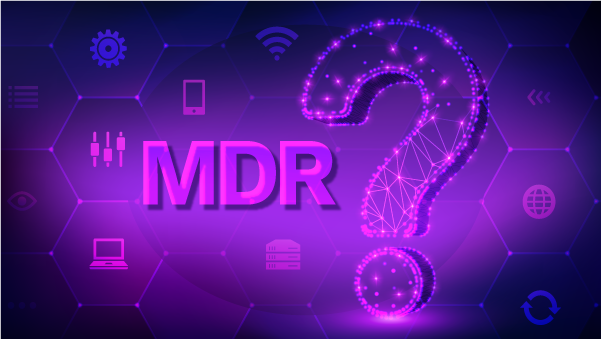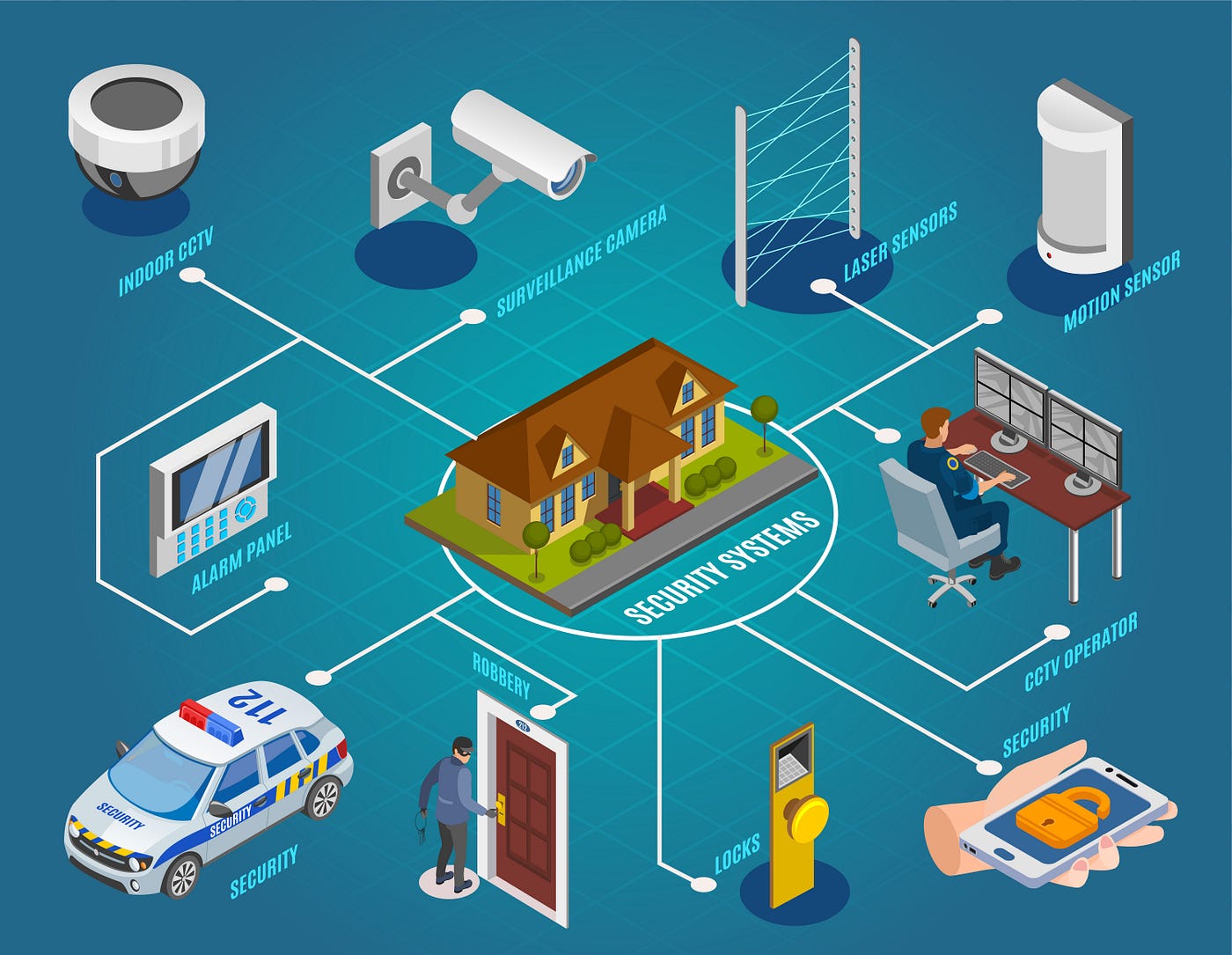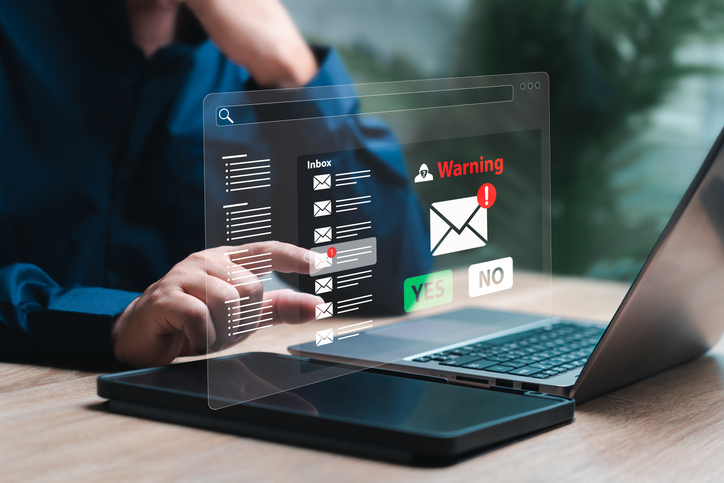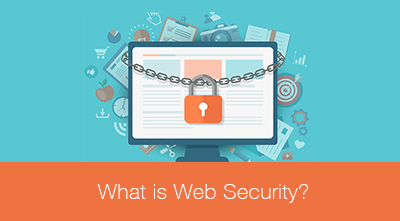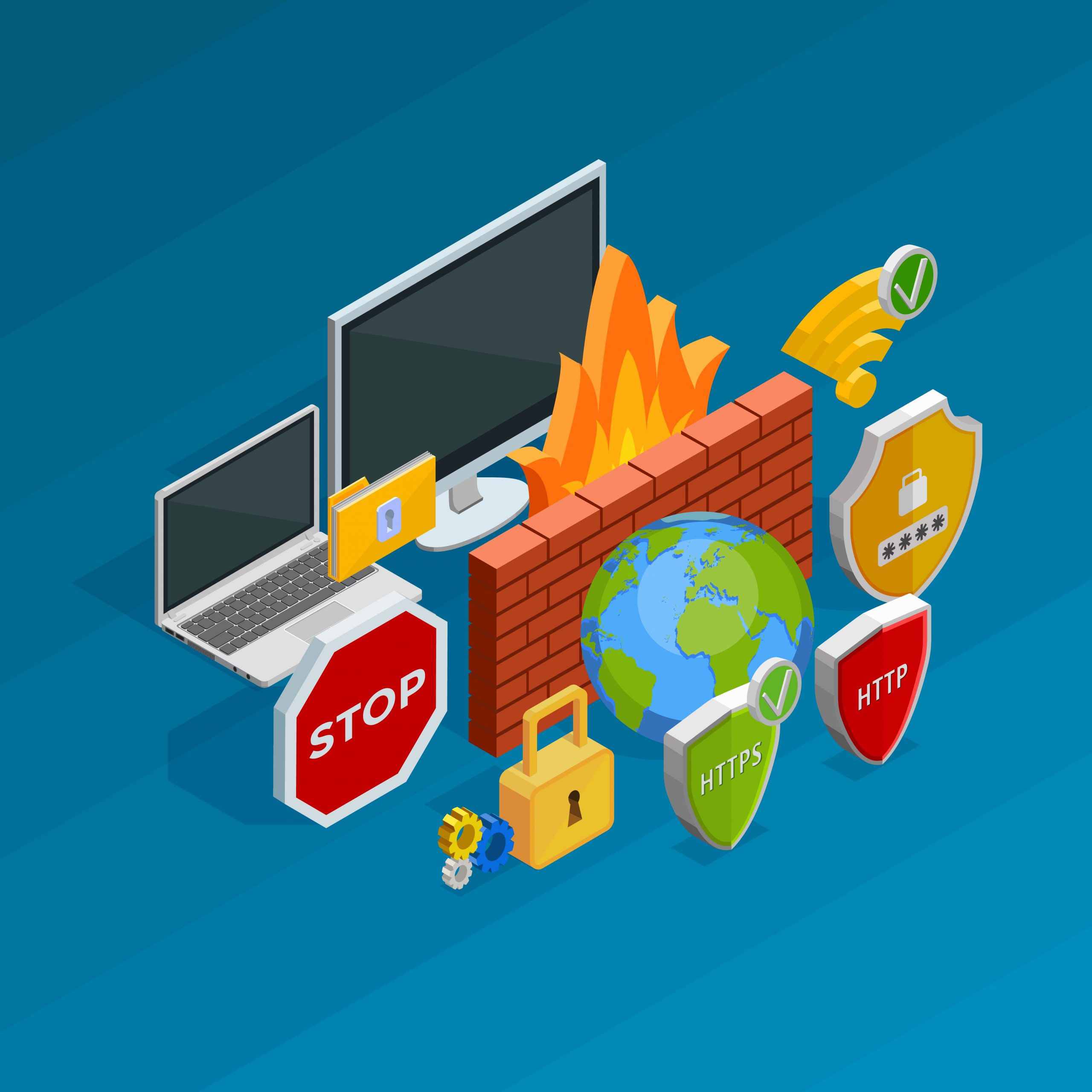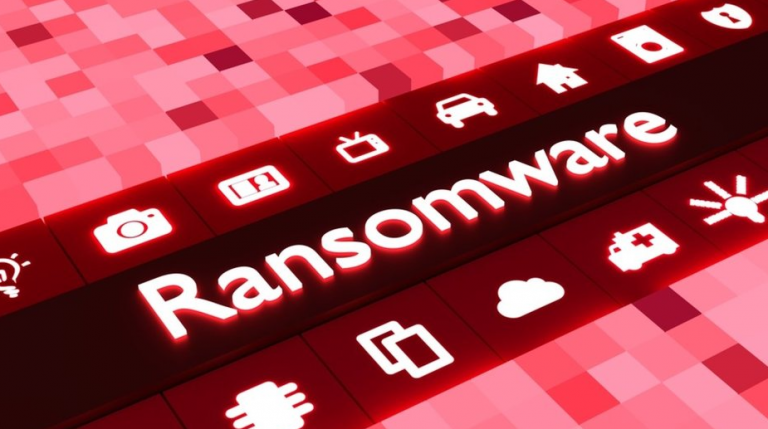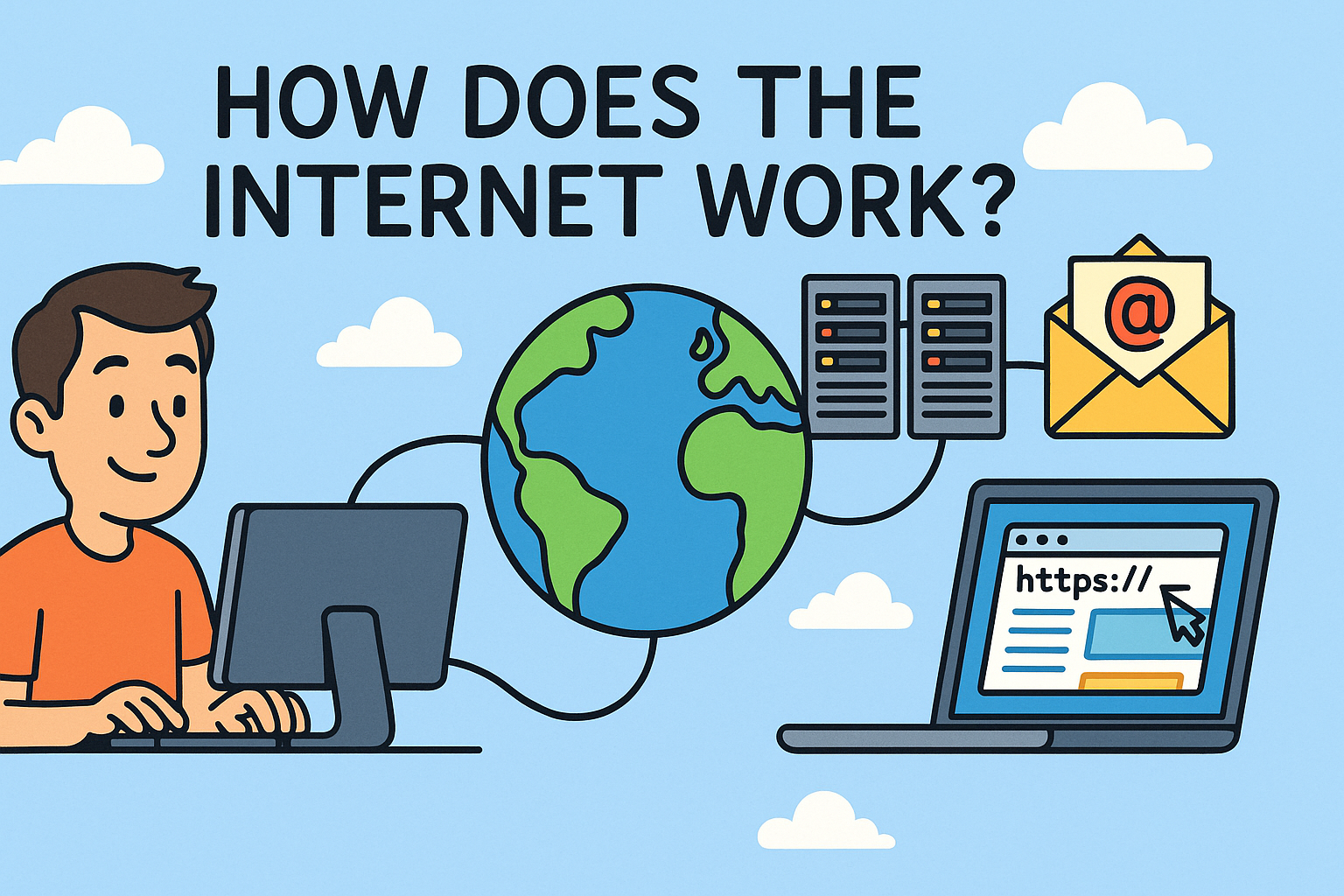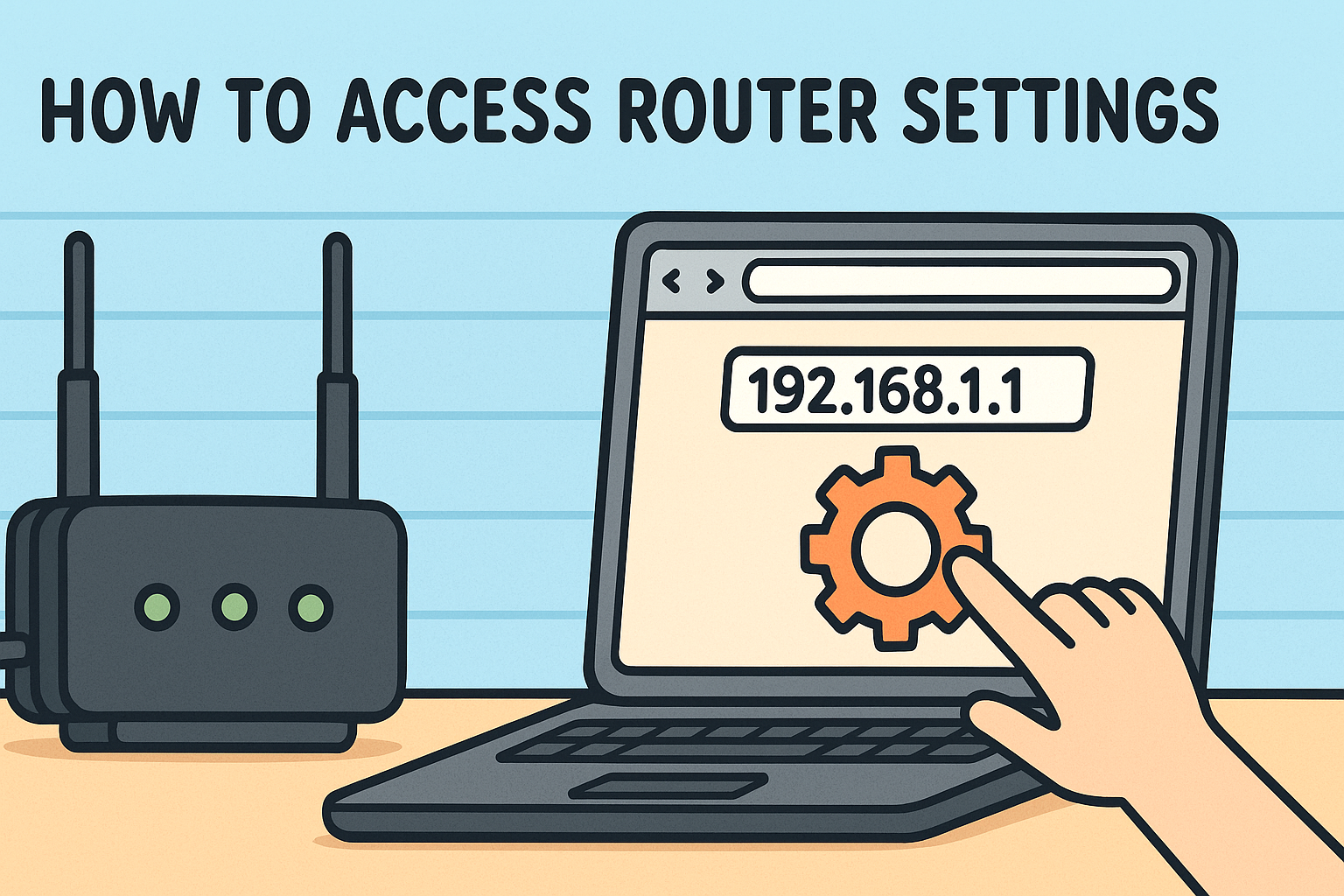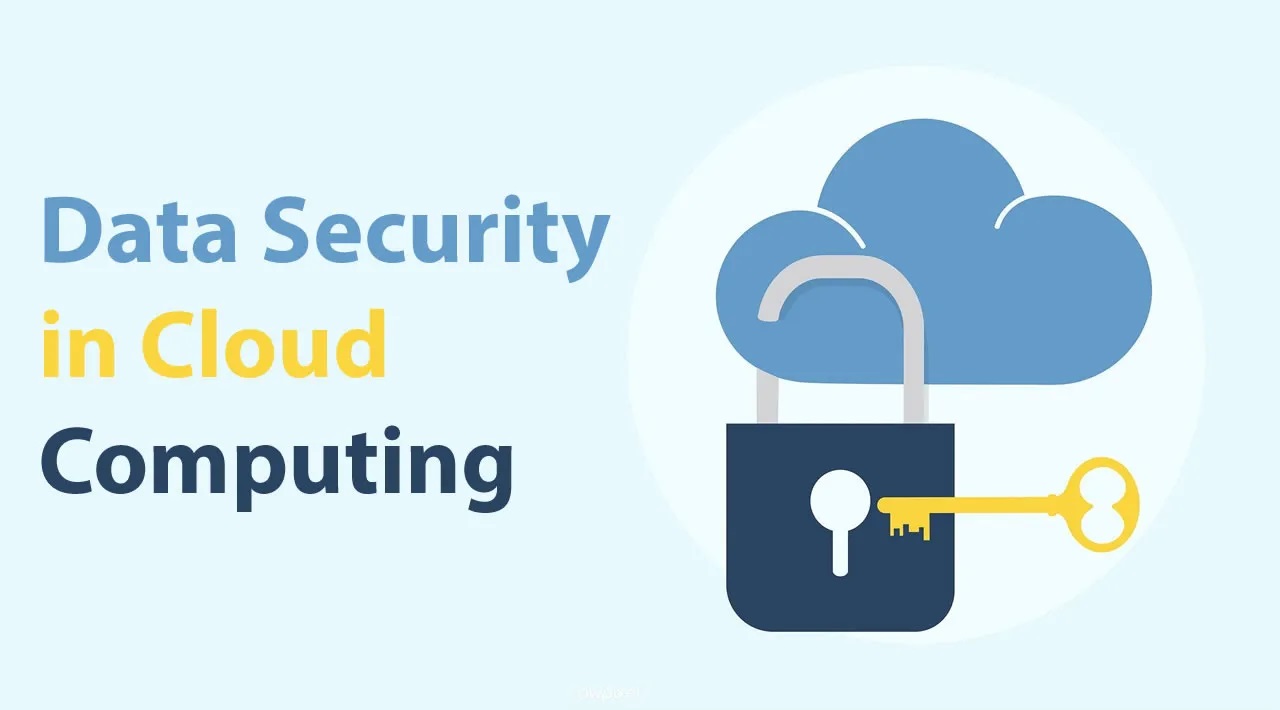Why Open-Source EDR Is the Future of Cybersecurity
Updated on October 14, 2024, by Xcitium

As cyber threats continue to evolve, the tools designed to combat these threats must keep pace. In the realm of endpoint detection and response (EDR), open-source solutions are emerging as powerful alternatives to closed-source offerings.
Open-source EDR provides several critical advantages, including global scrutiny, faster patch cycles, and enhanced accountability, making it an essential choice for businesses aiming to bolster their cybersecurity defenses.
Global Scrutiny: A Community of Experts at Work
One of the defining benefits of open-source EDR is global scrutiny. Unlike closed-source solutions, open-source EDR makes its source code available to the public, inviting contributions and evaluations from cybersecurity experts worldwide.
This transparency ensures that vulnerabilities are quickly identified and addressed. The collective power of a global community means more eyes are continuously reviewing the code, leading to faster detection of potential issues and a stronger overall product.
In contrast, closed-source EDR solutions operate in a black box, with only the vendor’s internal team reviewing the code.
This can lead to blind spots, where vulnerabilities may go undetected for extended periods. With open-source EDR, businesses can trust that security flaws are being identified by a diverse range of experts, which dramatically reduces the chances of an undetected vulnerability causing a breach.
Faster Patch Cycles: Staying Ahead of Threats
Cybersecurity is a race against time, with attackers constantly looking for vulnerabilities to exploit. Open-source EDR solutions have a distinct advantage in terms of faster patch cycles.
When a vulnerability is discovered, the open-source community can quickly collaborate to develop and release a patch, often faster than traditional closed-source vendors.
The agile nature of open-source development means patches are rolled out more swiftly, allowing businesses to stay ahead of emerging threats. In contrast, closed-source vendors often face longer internal approval processes, slowing down the release of critical security updates.
For businesses relying on endpoint security to protect sensitive data, these faster patch cycles can be the difference between a secure network and a devastating breach.
Accountability: Transparency Ensures Trust
Trust is a cornerstone of effective cybersecurity, and open-source EDR delivers trust through transparency. When you can examine the source code of your security tools, you can ensure that the software is doing exactly what it claims, without hidden functions or backdoors.
This level of accountability is critical for businesses, especially those operating in regulated industries that require strict data privacy and security measures.
Closed-source EDR solutions, on the other hand, operate with a veil of secrecy. Users must place their trust in the vendor without being able to verify the integrity of the product.
With open-source EDR, organizations can audit the code themselves or hire independent auditors to ensure the software aligns with their security policies.
Conclusion
In today’s rapidly changing cybersecurity landscape, open-source EDR solutions offer a compelling combination of transparency, agility, and trust. With global scrutiny ensuring vulnerabilities are identified quickly, faster patch cycles keeping systems secure, and accountability through transparent code, open-source EDR is a future-proof choice for organizations seeking to strengthen their endpoint security.
For more insights into the benefits of open-source EDR, explore how Xcitium’s solutions empower businesses to stay ahead of the curve in cybersecurity.


